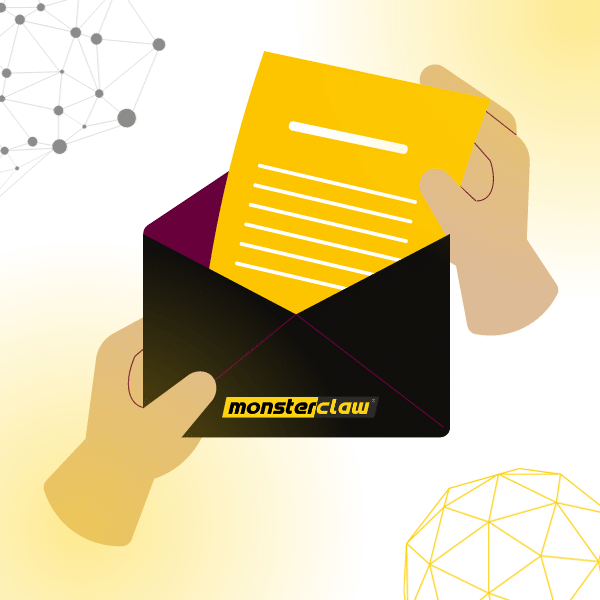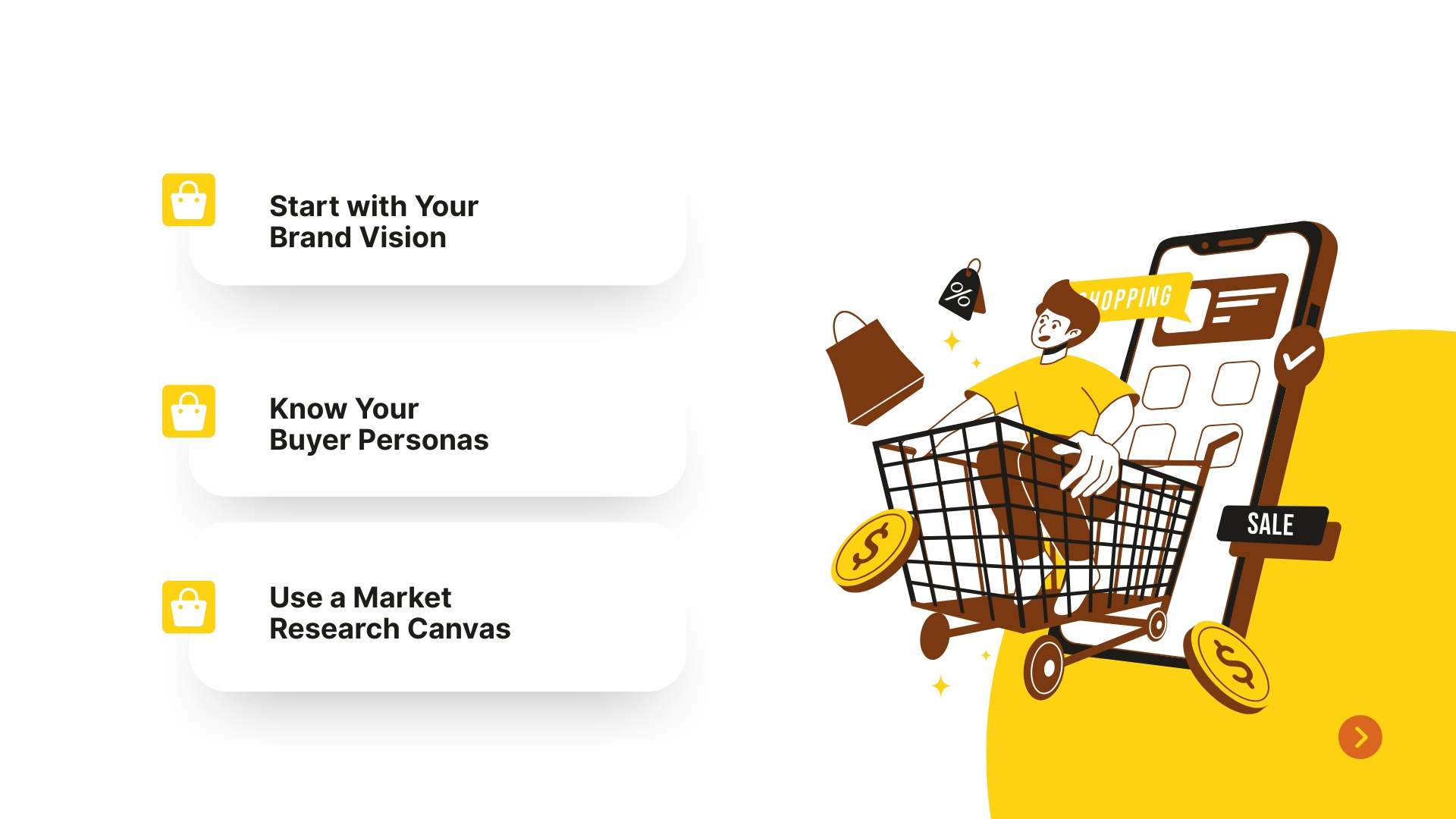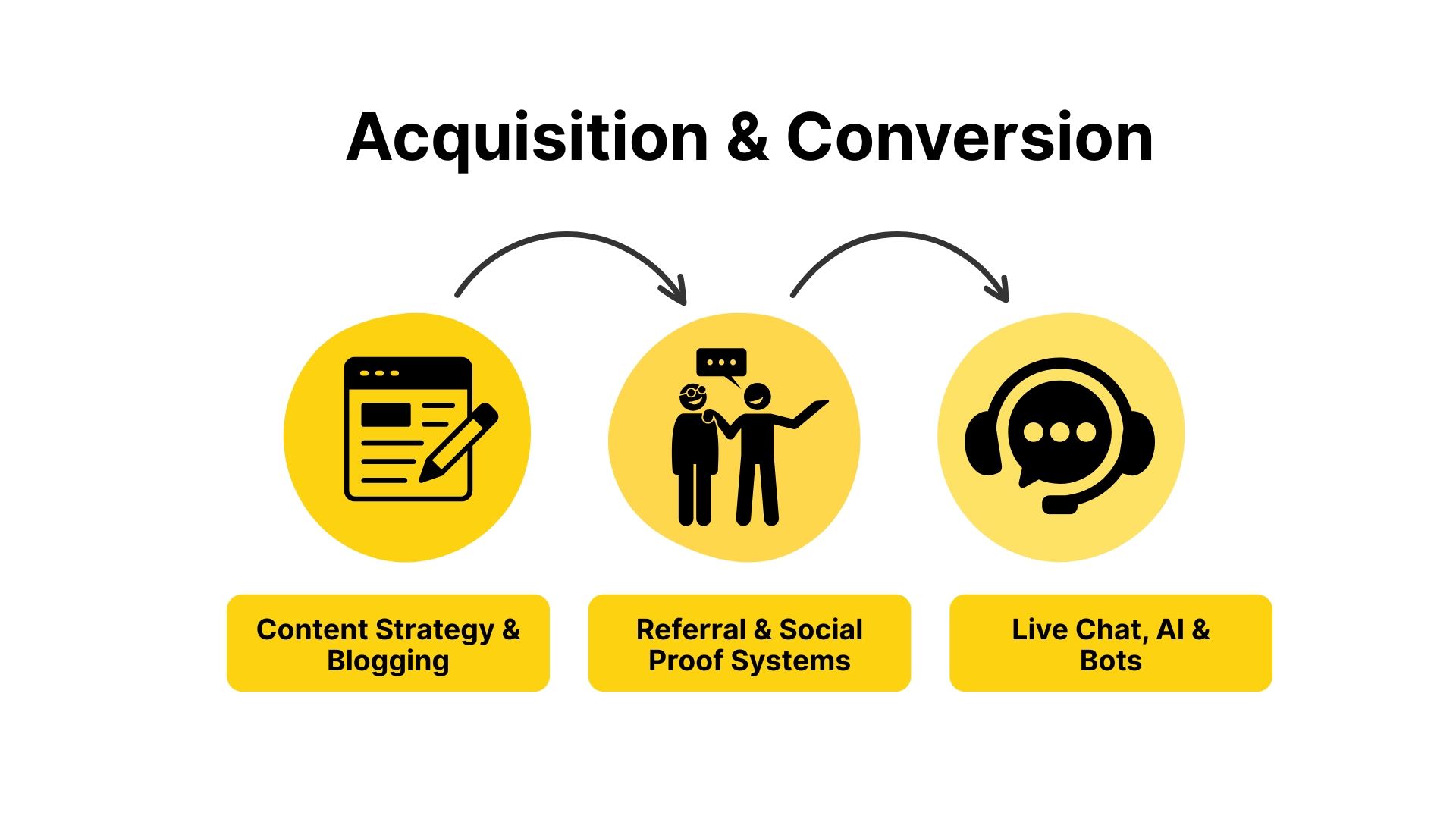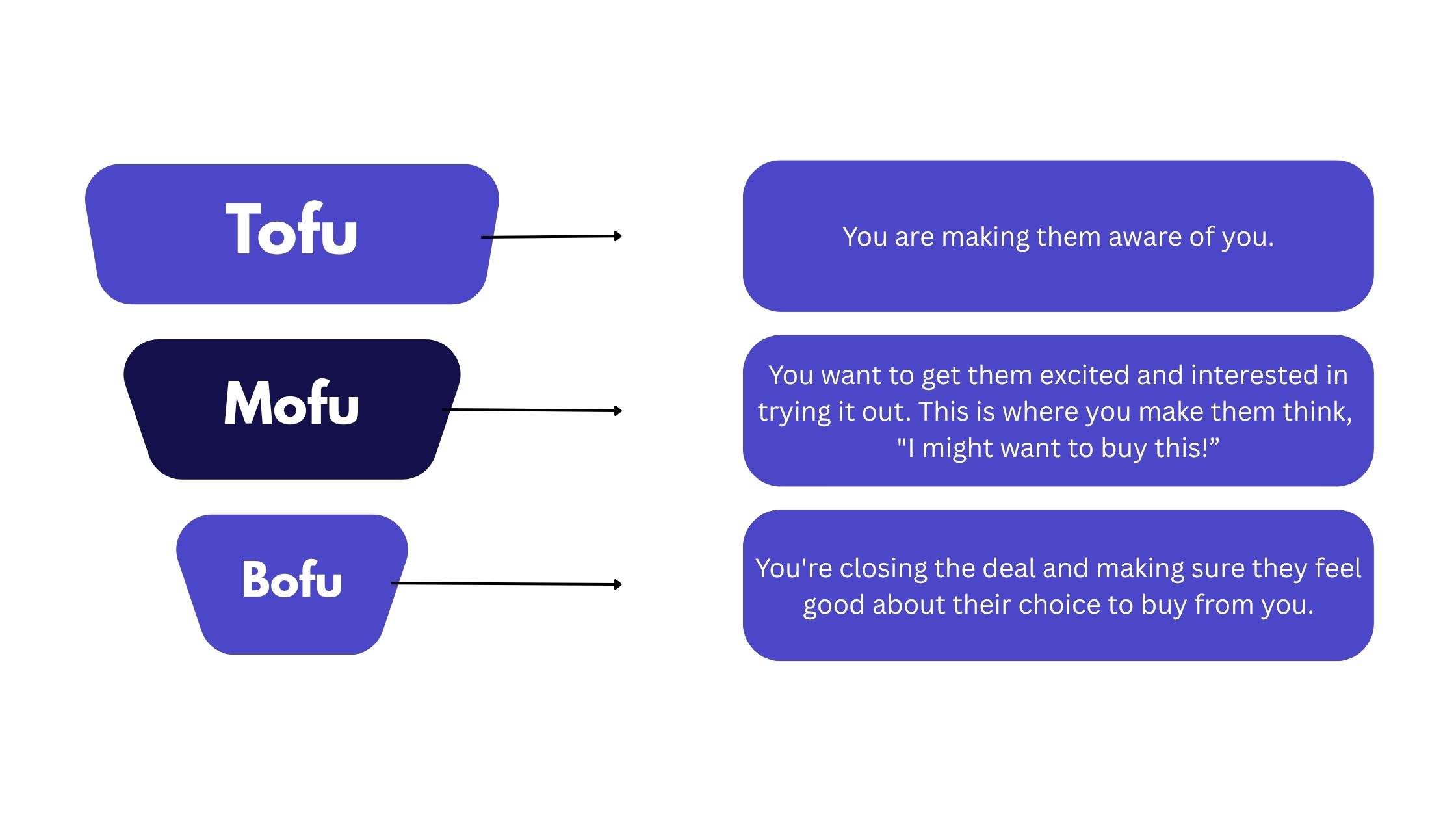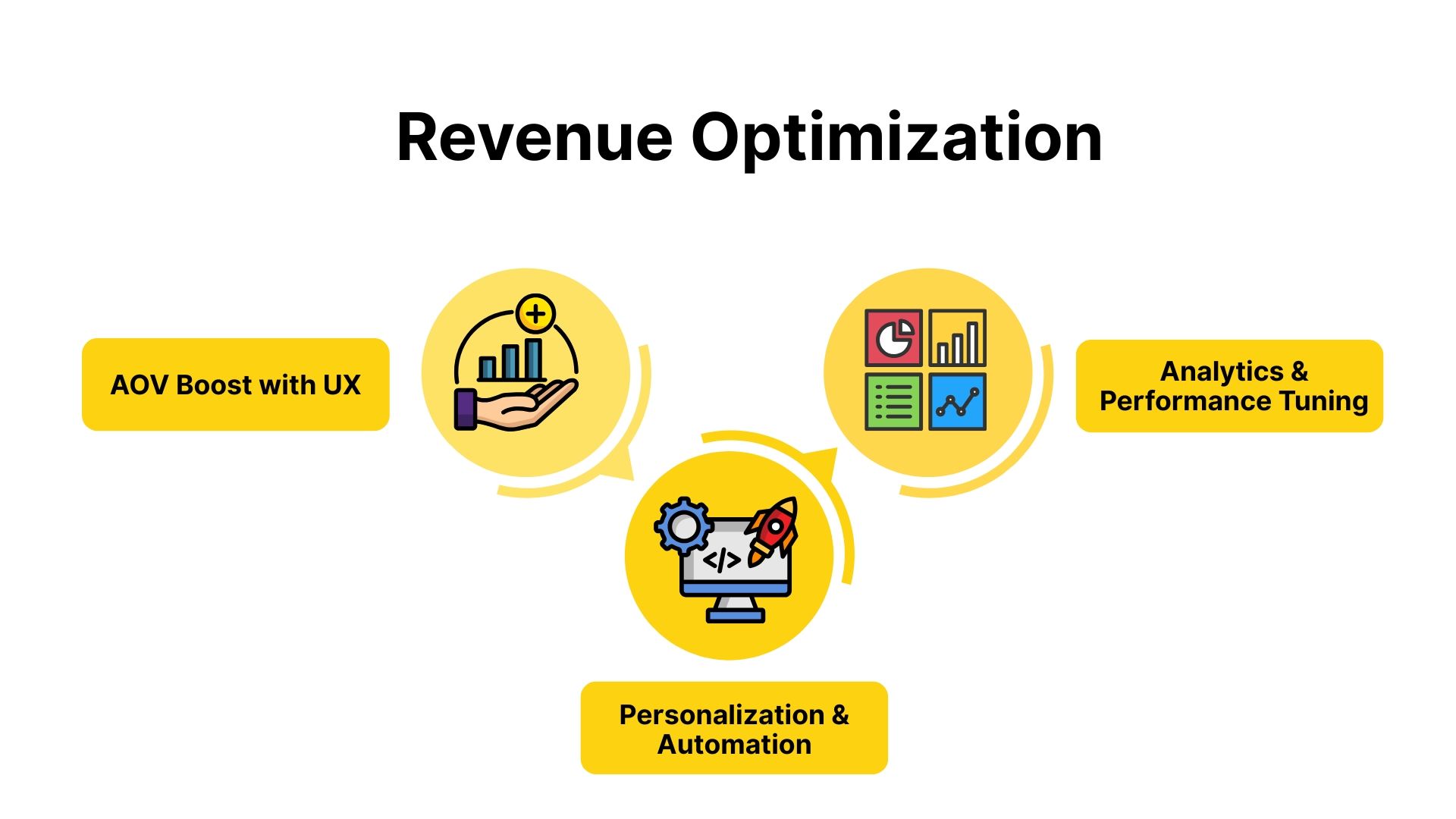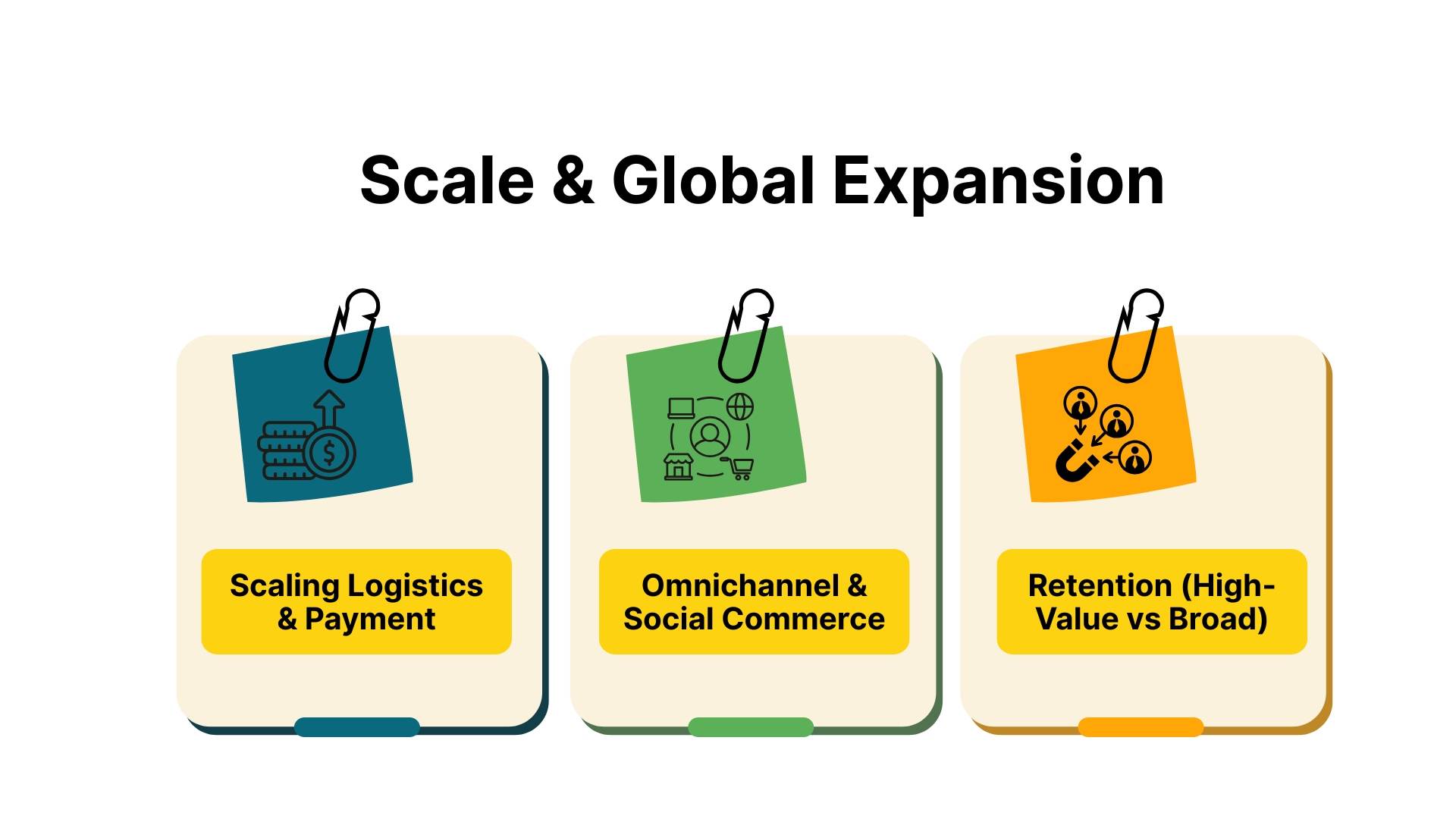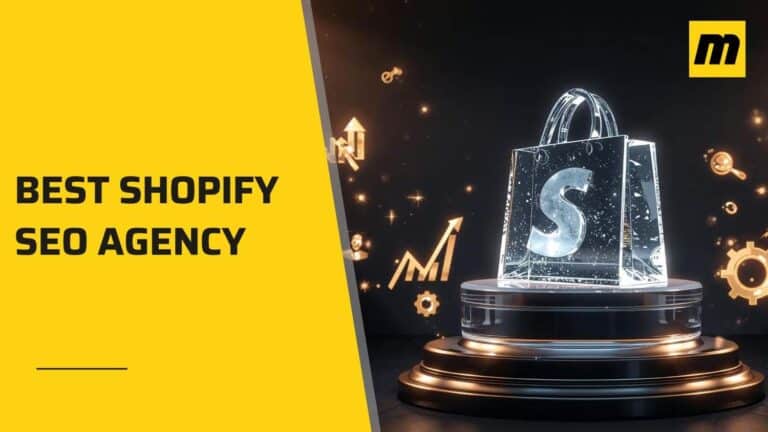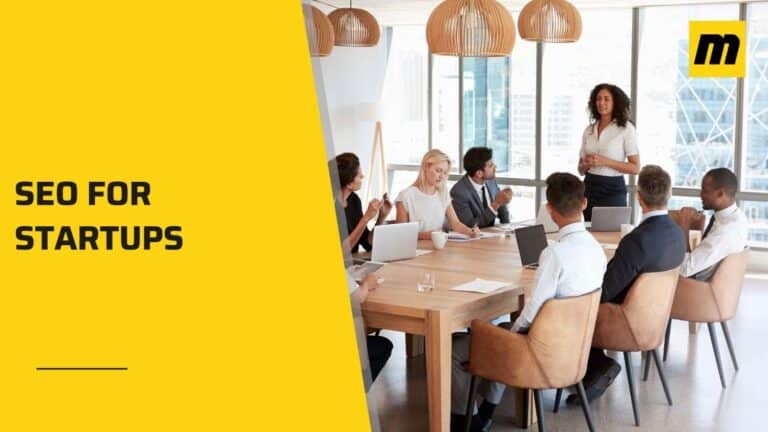You dream of turning your little online store into a million-dollar brand, right? You are not alone and not crazy for having such expectations.
We’ve seen scrappy startups turn into e-commerce empires in record time. No warehouse. No team. Sometimes, not even a product at first.
What we are about to show isn’t another “get rich quick” pitch. This is a realistic, step-by-step guide for you to go from $0 to $10M+!
- Build a fast, mobile-friendly store with clear branding and solid SEO.
- Use content, referral programs, and customer reviews to attract and convert.
- Add upsells, product bundles, and automated email flows to increase order value.
- Go omnichannel, offer local payments, and explore platforms like TikTok Shop.
- Collect first-party data, build loyalty tiers, and grow a trusted brand community.
That’s all you have to do. Keep scrolling to know more in detail.
Start building a solid foundation today with our 5 Major E-commerce Marketing Strategies For Your Business
Phase 1 – Build a Solid Foundation: How to Start an E-commerce Business the Right Way
Start listing products or promoting your store, but not before building the core. Yes, phase 1 is all clarity, structure, and setting up for long-term success.
This isn’t the flashy part. However, you will need it so that you don’t vanish from the market.
Brand Vision & Market Clarity
Your e-commerce brand needs clear direction. Otherwise, your brand is another store that looks exactly like the rest of the businesses.
Start with Your Brand Vision:
- What change do you want for customers?
- What values does your brand represent?
- What unique experience are you offering?
This isn’t fluff. It’s your compass.
Know Your Buyer Personas:
Build detailed personas including:
- Demographics (age, location, income)
- Behavior (what they shop for, where they hang out online)
- Pain points (what problem your product solves)
- Motivators (what makes them click “add to cart”)
Use a Market Research Canvas:
A simple, one-page view of your market:
- Key trends and gaps
- Competitor landscape
- Customer expectations
- Your potential value proposition
Platform & Technical SEO Setup
The e-commerce platform is the main floor. This isn’t the storefront, so make it strong.
Choose a Platform:
Your platform will be the one that goes with your budget, technical skills, and future plans:
- Shopify: One of the user-friendly and all-in-one platforms
- WooCommerce flexibility and fit WordPress
- BigCommerce, Wix, or others, based on scale
Technical SEO Setup:
- Mobile-first design: You will get most of the traffic from mobile.
- Page speed: Your target for load times has to be under 2 seconds.
- SSL Certificate: HTTPS is for building trust and the Google ranking factor.
SEO Essentials
SEO can be your #1 traffic source. All you have to do is start early and do it right.
Group Your Keywords into Clusters:
Don’t chase random keywords. Build topic clusters:
- Group similar intent terms
- Focus on “head” terms (broad) and “long-tail” (specific)
- Plan content that targets each group
Build a Pillar-Topic Structure:
Make your content architecture SEO-friendly:
- Pillar Page: Covers a broad topic
- Topic Pages: Related, specific topics linking to and from the pillar
- Use internal links to connect them all
Get the best SEO service for your e-commerce website
Phase 2 – Acquisition & Conversion: How to Get Customers for Your E-commerce Store
You are all done with the setup, and it’s live. Now comes the big question:
“How do I actually get people to buy from me?”
That’s what Phase 2 is all about. You will bring in the right people to your store and turn them into loyal customers.
Content Strategy & Blogging
See, the strong content strategy won’t shower immediate traffic. What it will do is build trust. This eventually moves people through the buying journey.
Build Around Pillar & Cluster Content
Your content should mimic the spider web. Something like this:
- Pillar Content: A complete guide on a broad topic ( For example: “The Ultimate Guide to Skincare Routines”)
- Cluster Posts: Shorter but specific articles linking back to the pillar (Let’s say: “Best Serums for Oily Skin”, “How to Layer Your Skincare Products”)
This structure:
- Boosts SEO with internal linking
- Builds authority in your niche
- Keeps people on your site longer
Make It Visual
People scan. So make it easy to digest:
- Use infographics to explain steps or comparisons
- Include a content funnel chart to visualize:
- Top of Funnel (TOFU): This creates awareness through blogs and videos.
- Middle of Funnel (MOFU): Making the audience choose, like comparisons, and how-to guides.
- Bottom of Funnel (BOFU): This brings conversion with product reviews and case studies.
Referral & Social Proof Systems
People trust people. Use that trust to grow.
Set Up a Referral Program
Simple and effective:
- “Buy one, get one” model
- Create urgency (e.g., limited-time bonuses)
- Promote it post-purchase and via email
Show Social Proof Everywhere
Especially on Product Detail Pages (PDPs):
- Star ratings: Show average rating on the screen prominently.
- Customer testimonials: You can try adding quotes with names and photos.
- UGC: Make it easy for your customers to share their feedback with product photos or videos.
Live Chat, AI & Bots
Your customers have questions. Don’t leave them hanging.
Use Smart Chatbots for 24/7 Support
Our suggested chatbot platforms you can try are:
- Tidio is user-friendly and integrates with e-commerce tools
- Chatfuel is great for Messenger-based bots
- Zendesk or Intercom works best for scalable setups
What to automate:
- Order tracking
- FAQ responses
- Personalized product suggestions
Always Have a Human Backup
Set a clear human escalation path:
- If a user types “talk to a human,” the bot should immediately hand off.
- Live agents can handle complex or sensitive queries
➜ Relatable reads: How to Build a High-Converting SaaS Sales Funnel? – MonsterClaw LLC
Phase 3 – Revenue Optimization: How to Grow Your E-commerce Store
You’ve got your store ready. Customers are trickling in. Some are even buying.
Now what?
Welcome to Phase 3: Revenue Optimization. Here you will do the smart tweaks and automation.
AOV Boost with UX & Gamification
AOV (Average Order Value) is one of the easiest levers for growth. It doesn’t even need more customers to do that.
Small UX Tweaks, Big Results
- Spin-to-Win Overlays
This offers discounts in a fun, interactive way. These gamified pop-ups collect more email sign-ups and conversions.
- Dynamic Bundles
It comes with smart combinations of related products. For example: “Buy this shirt + pants + belt and save 15%”
- Upsell Pop-ups
Here, when the customer adds to the cart, it offers an upgrade. Something like, “Add this matching scarf for 20% off?”
Personalization & Automation
Every visitor is different. Treat them that way.
Automate Email Segments
Set up flows based on behavior:
- Welcome Series: For new subscribers
- Browse Abandonment: When they look but don’t buy
- Cart Abandonment: Users usually add their stuff to the cart, but don’t check out
- Post-Purchase: Thank you, upsells, re-engagement
Add Smart Personalization to Your Site
- This will show things like “Recently Viewed” or “Recommended for You”. It will happen based on their browsing behavior.
- Come up with specific location-based offers.
AI-Powered Examples
- An AI can suggest “Complete the Look” products based on cart items.
- Personalized stories on PDPs (e.g., “This serum worked for 82% of people with oily skin in 2 weeks”)
Analytics & Performance Tuning
You can’t grow what you don’t measure.
Key Metrics You Should Track
| KPI | What It Means | Why It Matters |
| CR (Conversion Rate) | % of visitors who buy | Shows how well your site converts traffic |
| AOV (Average Order Value) | Revenue per order | Helps boost revenue without more traffic |
| CLTV (Customer Lifetime Value) | Total value per customer | Go for long-term loyalty and repeat buys. |
| CAC (Customer Acquisition Cost) | Cost to get one customer | Shows whether your marketing is profitable |
Phase 4 – Scale & Global Expansion: How to Take Your E-commerce Brand Worldwide
Let’s say your e-commerce store is stable and profitable. Now, what?
It is time to go all out. Scaling here isn’t revenue; it is sustainable growth. Your target in phase 4 is to enter new markets and keep your best customers coming back for more.
Scaling Logistics & Payment
Going global?
Your customers need to feel like your store has it all. It doesn’t matter how far they are and what side of the world they are on.
Enable Multi-Currency & Region-Specific Payments
- Let users browse and pay in their local currency.
- Offer localized payment methods.
Add Buy Now, Pay Later (BNPL) Options
- Boost conversions with BNPL services like Klarna, Afterpay, and Shop Pay.
- Great for high-ticket items and millennial/Gen Z buyers
Fulfillment Tips for Global Reach
- Use regional warehouses or 3PL partners to shorten delivery time
- Consider dropshipping locally to avoid customs delays
- Be clear about shipping times and duties to prevent customer dissatisfaction.
Omnichannel & Social Commerce
Here is a thing: selling isn’t confined to your website anymore. How about you meet your customers where they scroll?
Go Omnichannel
- Sync your store with platforms like:
- Instagram Shop
- Facebook Marketplace
- Google Shopping
- Use inventory sync tools to manage orders across platforms
Experiment with Live Selling
- You can try out platforms like Shopee Live or TikTok Shop. It has real-time demos, offers, and instant checkouts
- Use product storytelling, not just hard selling
- Showcase behind-the-scenes and Q&A sessions
- Offer exclusive live-only discounts
Build a Social Retargeting Funnel
Map your funnel with:
- TOFU (Top of Funnel): Reels, UGC ads, influencer shoutouts
- MOFU (Middle): Carousel ads, product comparisons, testimonials
- BOFU (Bottom): Retarget cart abandoners with urgency
Retention (High-Value vs Broad)
We think growth here is just about new customers. News flash! It isn’t. It is about keeping the loyal customer.
Identify and Focus on VIP Cohorts
- Find your top 20% of customers who drive 80% of your revenue
- Use filters like:
- High spend per order
- Repeat purchase frequency
- Long customer lifespan
Create Loyalty Tiers
- Reward VIPs with early access, free shipping, or birthday gifts
- Example:
- Bronze: Entry-level perks
- Silver: After three purchases
- Gold: After $500 spent
Use Spend-Based Segmentation
- High spenders: “Exclusive limited edition” deals
- Occasional buyers: “We miss you” + discount
- New customers: “Complete your first bundle” incentive
Phase 5 – Sustainability & Authority: How to Build a Lasting E-commerce Brand
By this time, your e-commerce brand is growing. You have customers coming. The system is going well.
So what’s next?
Phase 5 is where your brand shifts. It pushes the escalator from fast growth to sustainable leadership.
First-Party Data & Compliance
Privacy laws are strict, and even cookies are disappearing. At this point, e-commerce relies on first-party data. This is the data you collect directly from your customers.
Why First-Party Data Matters
- You control it
- No need to rely on third-party platforms
- It’s more accurate and customized
- It’s legally safer as privacy regulations evolve
How to Prepare for a Cookieless Future
- Focus on email and SMS opt-ins through value-led offers.
- Set up server-side tracking tools like Meta’s API or Google Tag Manager.
- Build zero-party data flows.
Buyer Privacy Compliance Checklist
- Make the privacy policy easy to read and easy to find
- GDPR and CCPA compliance
- Display cookie consent banners with real choices, not just a “Got it!”
AI + Human CX Team
Customer experience (CX) is now a competitive advantage. But automation alone won’t cut it. It needs a human touch.
Build a Hybrid Support System
- AI handles scale, speed, and FAQs
- Humans step in for empathy, edge cases, and high-value moments
Best chatbot frameworks:
- Tidio + Live Agent
- Zendesk AI + Human escalation rules
- Gorgias (for e-commerce-specific automation)
Automatically Generate FAQ Content
Use tools like ChatGPT to:
- Extract common support questions
- Turn them into optimized FAQ articles and Help Center pages
Monitor Customer Sentiment
Track how your customers feel using:
- Get their post-purchase feedback surveys
- NPS (Net Promoter Score) tools like Delighted or Hotjar
- Use social listening tools to find the issues faster
Thought Leadership & Community
Want people to trust you over competitors? Start leading the conversation in your niche.
Launch a Thought Leadership Strategy
- Guest Post Campaigns: You can guest post on high-authority blogs in your niche.
- Founder-Led Content: Choose content ideas like Behind-the-scenes posts, business journey blogs, and founder interviews.
- Podcast or YouTube Tie-In Series: Collaborate with influencers, talk trends, and share stories
Build a Real Community
- Host events (even virtual) like product launch parties or customer Q&As
- Use platforms like Discord or a private Facebook Group for brand fans
- Turn customers into contributors through feedback, product testers, and user-generated content
Close the Loop with Feedback
- Regularly send out customer feedback surveys
- Create a “You asked, we did” section on your website or social media
- Involve your audience in small decisions
Don’t Wait to Scale Your E-commerce Brand Globally!
It’s much easier to start an e-commerce business today. However, sustainability in e-commerce business is a totally different thing.
At MonsterClaw, we work on growth with the promise of sustainability. The Result? We have grown businesses by over 5400%!
Let MonsterClaw make your e-commerce business grow young your expectations.
Frequently Asked Questions: Grow An E-commerce Business
Which e-commerce is most profitable?
Niche e-commerce stores with high-margin products (like beauty, digital goods, or personalized items, health and wellness products) are most profitable.
What are the three C’s of eCommerce?
The three C’s are Content, Commerce, and Community.
What are the 4 basic categories of e-commerce?
The categories are B2C (Business to Consumer), B2B (Business to Business), C2C (Consumer to Consumer), and C2B (Consumer to Business).
What is the fastest-growing e-commerce?
Mobile commerce (m-commerce) and social commerce (via TikTok, Instagram).
How much money do I need to start e-commerce?
Depending on the model, you can start with as little as $100–$5,000+.
